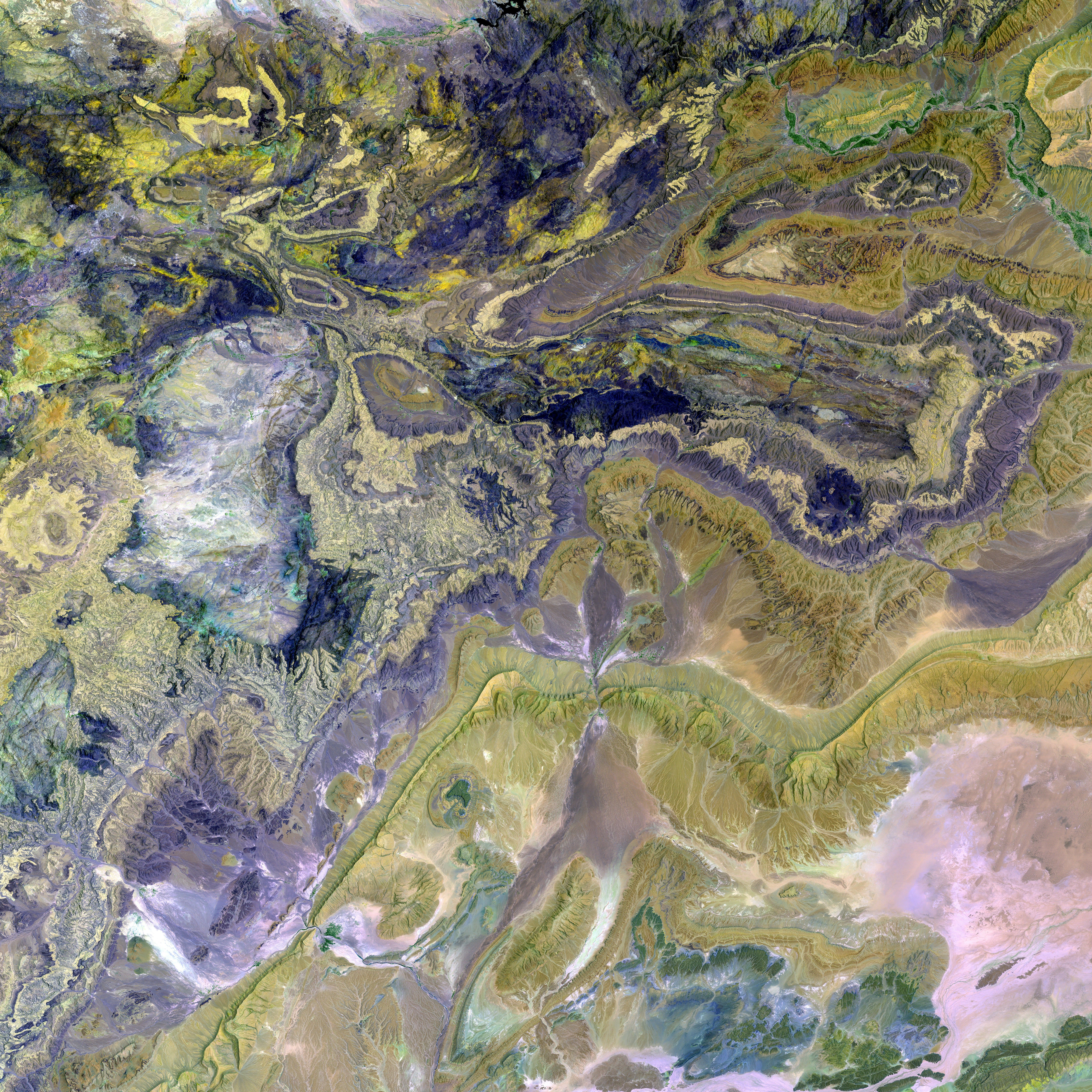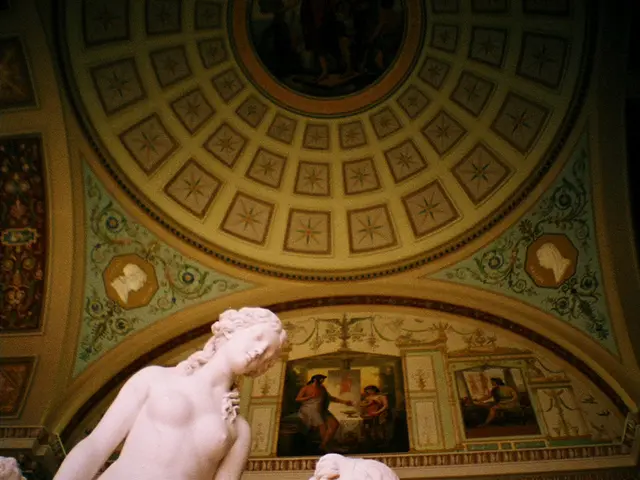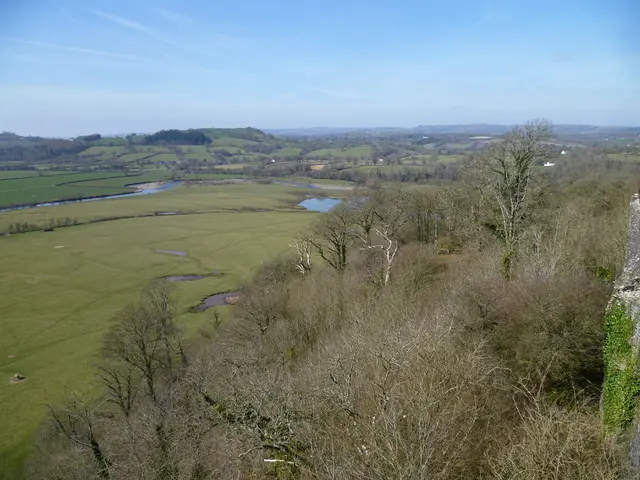Nighttime Tourism Surge: 2025 Illuminated by Starry Escapades
In the world of travel, the radiance of the sun no longer signifies the end of discovery. With the fall of dusk, a fresh realm emerges, inviting a burgeoning trend known as noctourism. As per a recent survey by Booking.com, a staggering 60% of travelers are eagerly planning trips centered around celestial experiences.
Noctourism is not merely about visiting destinations at night; it is a unique approach that foregrounds astronomy-themed adventures. Imagery of a full moon illuminating a dark sky, the spectacle of a meteor shower, or the mesmerizing dance of the Northern Lights are among the nocturnal escapades that travelers are eager to chase. The spectrum of noctourism encompasses activities as varied as nocturnal wildlife observation, midnight museum visits, and moonlit kayaking.
The allure of noctourism is manifold. Besides offering relief from the heat and crowded tourist spots, it provides a rare opportunity to experience familiar landscapes in a captivating new light. As society edges closer to the reality of space travel, people's curiosity about the cosmos grows, making iconic astronomy spots like Los Angeles' Griffith Observatory a perennial attraction.
Moreover, noctourism presents itself as a sustainable means of exploring nature, given that stargazing, night safaris, and eco-lodging cause minimal environmental impact. Additionally, the serene calm of nighttime travel offers an exciting, serene level of adventure. Imagine standing alone in the Sahara Desert, hemmed in by nothing but the stars.
Stepping into 2025, several stellar travel destinations await noctourism enthusiasts. Designated dark sky locations, national parks, deserts, and observatories beckon those seeking celestial encounters. These sites boast unparalleled night skies, minimal light pollution, and are ideally positioned for stargazing stints.
For instance, Brazil's Desengano State Park offers a tranquil ambiance under the Milky Way, with a hotel boasting telescopes available for guests. Kozushima Dark Sky Island in Japan, with its pristine dark skies and limited urban development, offers nighttime exploration opportunities.
Teide National Park in the Canary Islands and Kejimkujik National Park in Canada are recognized for their exceptional stargazing. Both parks present magnificent sceneries during the day and an enchanting spectacle under the stars at night. The Sahara Desert and Chile's Atacama Desert prove to be ideal for astronomy enthusiasts, offering clear skies and striking landscapes perfect for photography.
For those preferring observatories, Gornergrat in Switzerland and Perth Observatory in Australia offer captivating celestial experiences, complete with learning opportunities and guided tours.
In 2025, stargazers are in for a treat, with several astronomical events anticipated. These include the Lyrids, Perseids, Orionids, and Geminids meteor showers, total lunar eclipses, and a profusion of Northern lights. A red light flashlight, warm layers, a comfortable chair, a blanket, and an astronomy app can provide the essentials required for a memorable nocturnal escapade.
Seizing the opportunity to engage with the universe might just lead to your next extraordinary journey being written among the stars—make sure it's protected.
- The trend of noctourism encourages travelers to explore travel destinations beyond daylight hours, focusing on celestial experiences such as watching meteor showers, the Northern Lights, and stargazing.
- In the realm of noctourism, activities can range from nocturnal wildlife observation to moonlit kayaking, offering a unique and serene level of adventure.
- Many travelers are drawn to astronomy-themed destinations like the Griffith Observatory in Los Angeles as curiosity about space grows with the progression of space travel.
- As noctourism continues to evolve, designated dark sky locations, national parks, deserts, and observatories like Kozushima Dark Sky Island in Japan, Teide National Park in the Canary Islands, and Perth Observatory in Australia, are becoming popular among stargazers for their exceptional stargazing opportunities and minimal light pollution.




